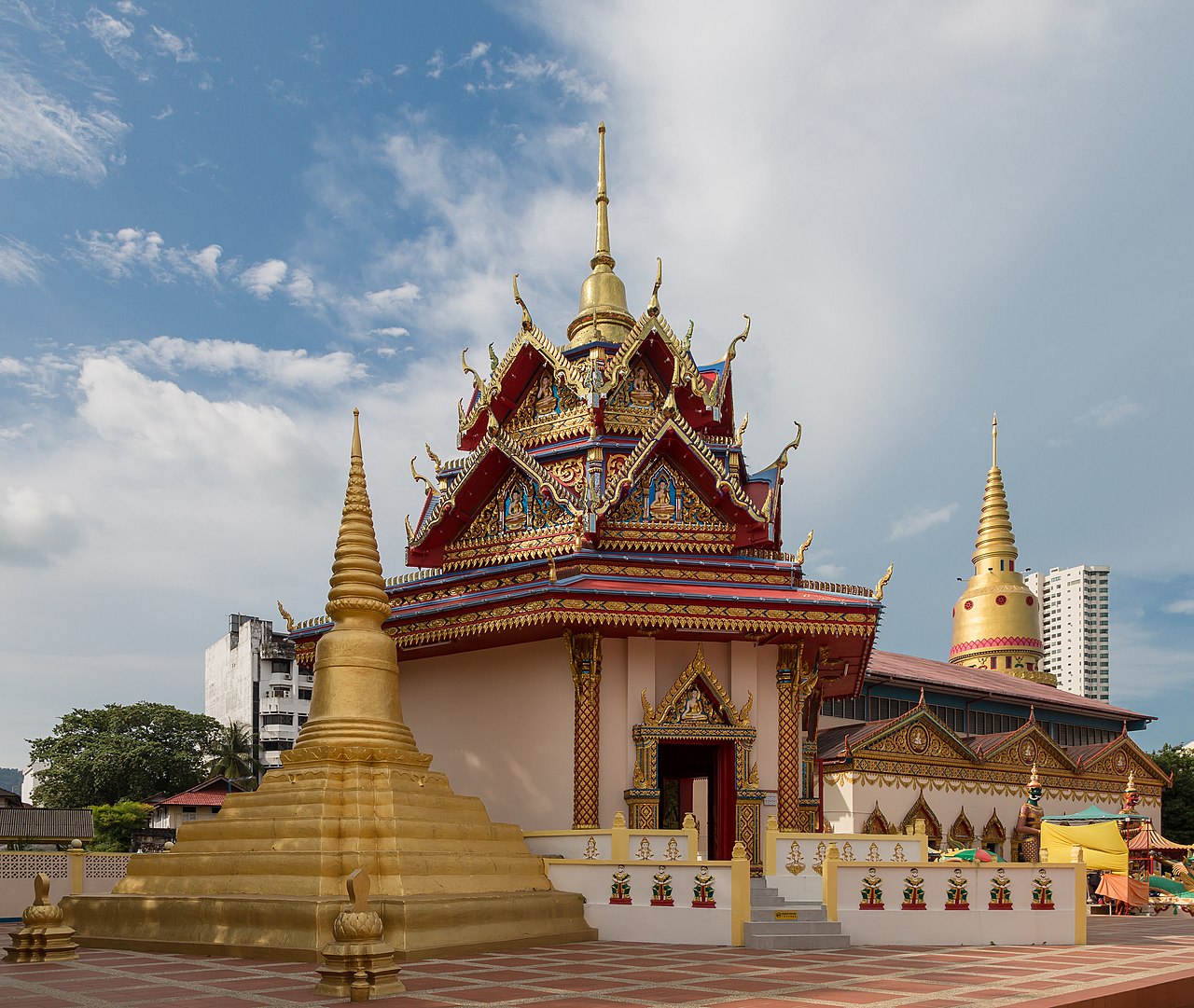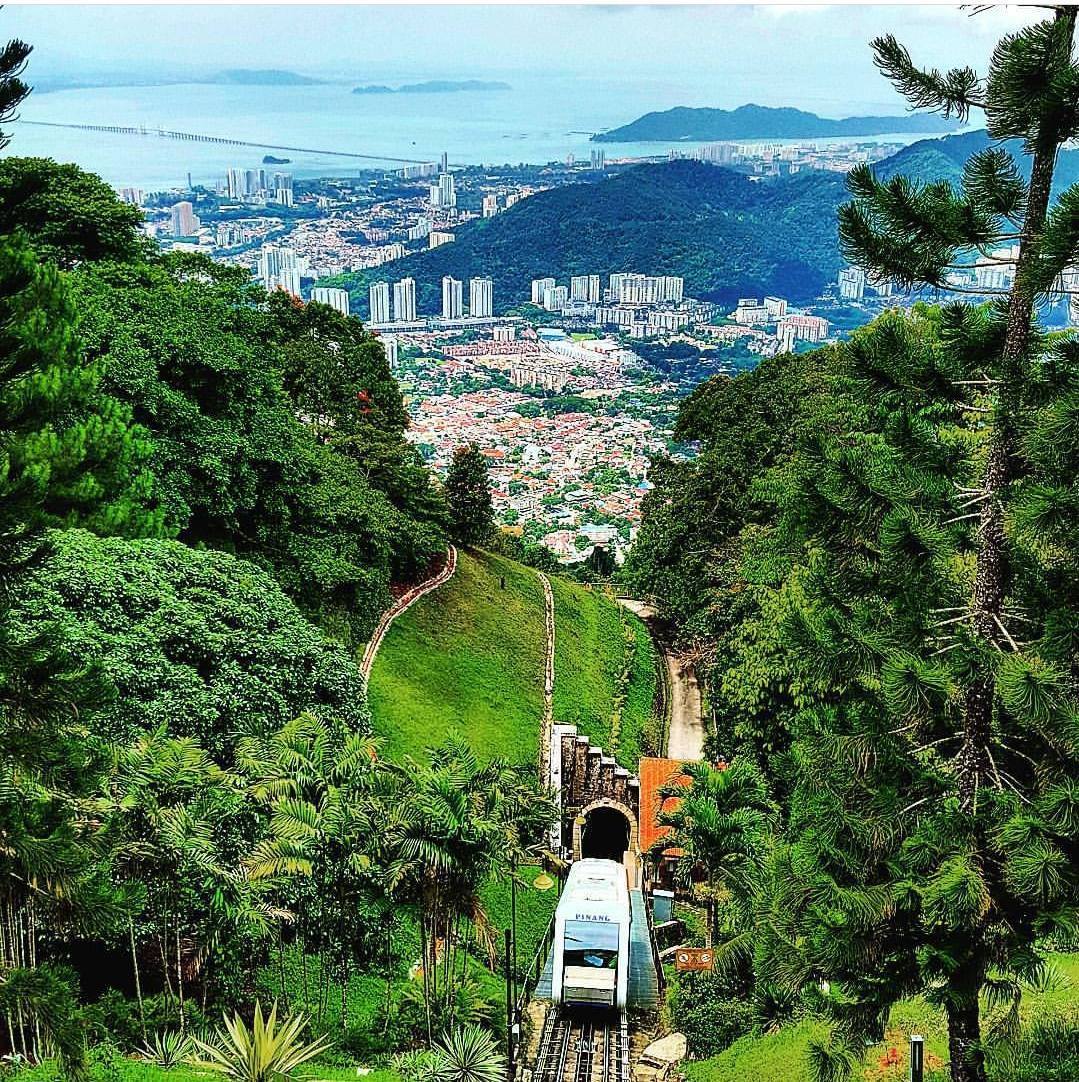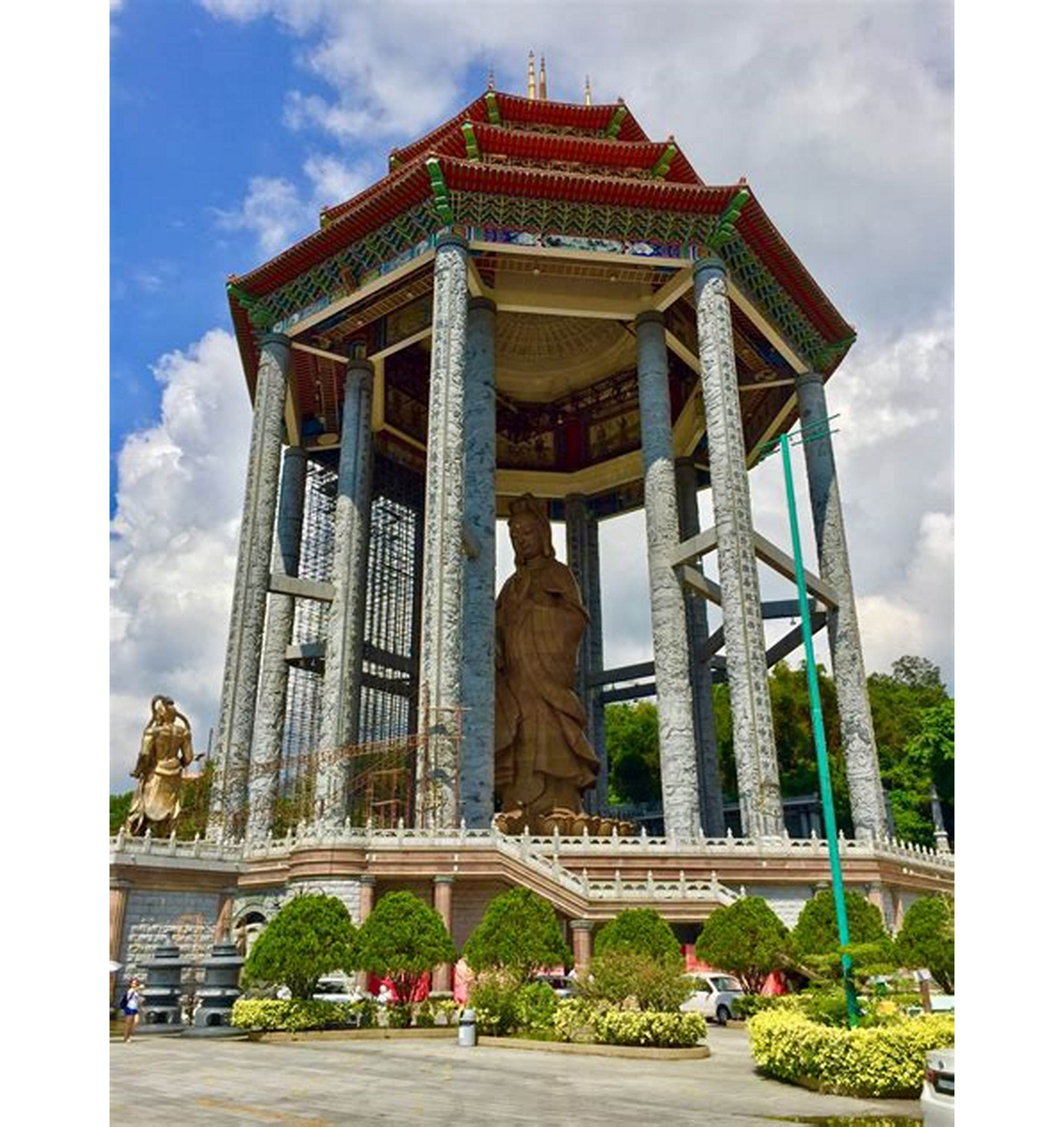
AsianOverland.net
Tour Guide - Itinerary
Asian Overland Sydney to London
Started 22/06/2022 Finished 21/06/2023365 Days ITINERARY
Day 346 date 02/06/2023PHUKET, THAILAND to PENANG, MALAYSIA
ASIANOVERLAND.NET SYDNEY TO LONDON DAY 57: PENANG, MALAYSIA
Penang is a Malaysian state on the northwest coast of Peninsular Malaysia, in the Malacca Strait. It has two parts: Penang Island, including the capital city, George Town, and Seberang Perai on the Malay Peninsula. They are connected by Malaysia's two longest bridges, the Penang Bridge and the Sultan Abdul Halim Muadzam Shah Bridge.
Penang is bordered by Kedah to the north and the east, and Perak to the south.
Historically, Penang has been regarded as Chinese because of its high Chinese population, but in recent years the proportion of Malays within Penang reached parity with the Chinese. Penang's population was 1.8 million in 2018, with diverse ethnicity, culture, language and religion. In addition to the three main races, the Malays, Chinese, and Indians, Penang is home to Eurasian, Siamese and expatriate communities. Penang is well known for its distinctive Hokkien language, known as Penang Hokkien.
Human remains dating back 6,000 years, uncovered in mainland Seberang Perai, along with seashells, pottery and hunting tools, show that the earliest inhabitants of Penang were nomadic Melanesians.
The Cherok Tok Kun megalith uncovered in 1845, contains Pali inscriptions, showing that the Hindu-Buddhist Bujang Valley civilisation based in what is now Kedah, had established control over parts of Seberang Perai by the 6th century.
Penang Island was originally known by seafarers as Pulau Ka-Satu, meaning The First Island, because it was the largest island encountered on the Malacca Strait sea-route. The Siamese, as the overlord of Kedah Sultanate from 1136, referred to the island as Koh Maak.
The name Penang comes from the modern Malay name Pulau Pinang which means "areca nut island". Penang is also referred to as the Pearl of the Orient and "The Island of Pearls".
In the 15th century, Penang Island was referred to as Bīnláng Yù in the navigational drawings used by Admiral Zheng He of Ming China.
The entirety of what is now Penang was part of the Sultanate of Kedah until the late 18th century.
In the 1770s, Francis Light was instructed by the British East India Company to form trade relations in the Malay Peninsula. Light subsequently landed in Kedah, which was a Siamese vassal state. Light promised British military protection to the Sultan of Kedah, and in return, the Sultan apparently offered Penang Island to the British.
In 1786 the British East India Company ordered Light to obtain the island from Kedah, and Light negotiated with the new Sultan of Kedah, Sultan Abdullah Mukarram Shah, the cession of the island to the British East India Company in exchange for promising British military aid. After a gunboat diplomacy agreement between Light and the Sultan, Light and his entourage sailed to Penang Island, where they arrived on 17 July 1786. Light took formal possession of the island on 11 August "in the name of His Britannic Majesty, King George III and the Honourable East India Company".
When Light reneged on his promise of military protection, the Kedah Sultan attempted to recapture Penang Island in 1791, and the British East India Company defeated the Kedah forces. The Sultan sued for peace and an annual payment of 6000 Spanish dollars to the Sultan was agreed.
In 1800, the British secured possession of a strip of land across the Penang Strait which was later named Seberang Perai. The treaty, negotiated with the new Sultan of Kedah, superseded Light's earlier agreement and apparently gave the British permanent colonial sovereignty over both Penang Island and the newly ceded mainland territory. In exchange for the acquisition, the annual payment to the Sultan of Kedah was increased to 10,000 Spanish dollars per annum. From 1874 until 2018, the Malaysian federal government (and its historical predecessors) paid Kedah, on behalf of Penang, RM 10,000 (USD 2,500) annually.
Penang formed part of the Straits Settlements in 1826, which became a British crown colony in 1867. Direct British rule was interrupted during World War II, when Japan occupied Penang. Penang was later merged with the Federation of Malaya (now Malaysia), which gained independence from the British in 1957.
© This work is copyright. Apart from any use permitted under the Copyright Act 1968, no part may be reproduced by any process, nor may any other exclusive right be exercised, without the permission of Peter Searle, peter@portseavillageresort.com; 1980-2024.
Website built by Justin O’Dea www.webdeveloperdocklands.com.au






